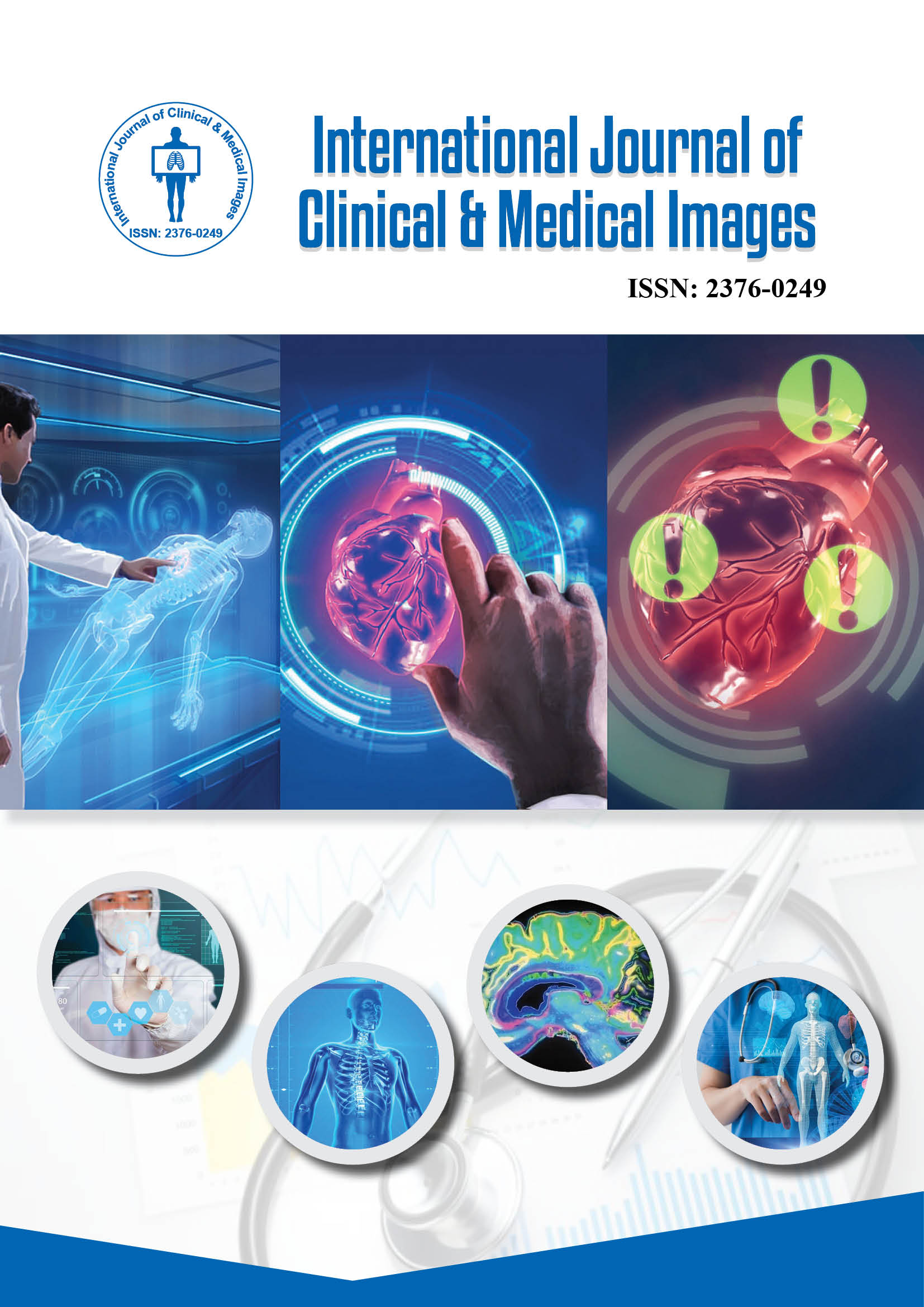2376-0249
Clinical-Medical Image - International Journal of Clinical & Medical Images (2025) Volume 12, Issue 1
Author(s): Russell Hornby
Cardiac imaging plays a central role in the diagnosis, management and monitoring of cardiovascular diseases, which remain a leading cause of morbidity and mortality worldwide. The heart, as a complex organ of motion and function, demands highly specialized imaging techniques that can capture its structure, hemodynamics and tissue characteristics in real time. Among the array of imaging modalities available, echocardiography, Magnetic Resonance Imaging (MRI) and Computed Tomography (CT) form the triad of essential tools that guide modern cardiology. Each offers unique advantages and applications, contributing collectively to a comprehensive understanding of cardiac anatomy, physiology and pathology. A clinical guide to these modalities enables physicians to interpret cardiac findings accurately and tailor patient management to specific diagnostic needs [1].
Echocardiography remains the first-line imaging technique in cardiac evaluation due to its accessibility, safety and dynamic capabilities. Utilizing ultrasound waves, echocardiography provides real-time visualization of cardiac chambers, valves and wall motion, making it indispensable for diagnosing structural and functional abnormalities. It is widely used for assessing ejection fraction, ventricular hypertrophy, valvular stenosis or regurgitation and pericardial effusion. As a non-invasive, portable and cost-effective tool, echocardiography continues to serve as the cornerstone of cardiac imaging in both outpatient and emergency settings. Cardiac MRI, on the other hand, represents the gold standard for tissue characterization and detailed anatomic assessment. By combining magnetic fields and radiofrequency pulses, MRI provides high-resolution images without ionizing radiation. It allows accurate quantification of ventricular volumes, myocardial mass and wall motion abnormalities. One of its greatest strengths lies in its ability to differentiate viable myocardium from scar tissue through late gadolinium enhancement, which is critical in evaluating ischemic heart disease and cardiomyopathies [2].
In summary, cardiac imaging has evolved into an indispensable element of modern cardiology, guiding diagnosis, therapy and long-term management of heart diseases. Echocardiography provides functional clarity, MRI offers tissue-level insights and CT ensures precise anatomical mapping all working synergistically to deliver optimal patient care. As innovation continues to refine imaging techniques and reduce procedural limitations, the future of cardiac imaging promises greater precision, personalization and predictive power in cardiovascular medicine.
Cardiac Imaging, Echocardiography, Cardiac MRI
None.
None.
Google Scholar Cross Ref Indexed at
 Awards Nomination
Awards Nomination

